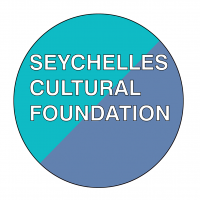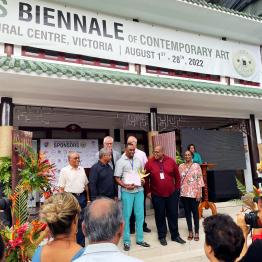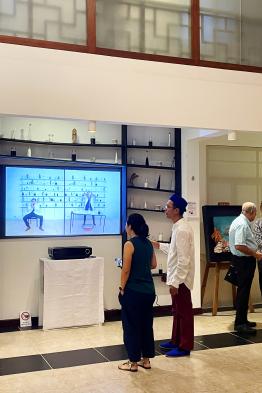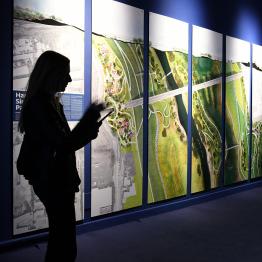HISTORY
Seychelles art is an eclectic mix of styles, traditions, and influences. It is a product of the blending of the African and European cultures that have shaped the Seychelles over the last two centuries. The vibrant colors and unique designs of Seychelles art are inspired by the natural environment and influenced by a variety of cultures, including Indian, French, and Chinese. Seychelles art is often characterized by bright colors, bold lines, and strong shapes.
The most popular mediums used in Seychelles art are painting and sculpture. Many of the paintings are inspired by nature and feature images of the Seychelles’ diverse flora and fauna. Sculpture is often used to depict traditional Seychellois symbols and figures, such as the colorful and iconic Coco de mer.
Despite its rich art scene, Seychelles art is still relatively unknown outside of the islands. However, this is beginning to change, as more and more artists are gaining recognition for their work. The Seychelles is home to a growing number of renowned artists, and their work has been showcased in galleries, exhibitions, and other venues around the world.
Martin Kennedy, the author of the recently published and hardback ‘Art in Seychelles: Then and Now’ speaks to Absolute Seychelles about the artists that have shaped the island’s art scene throughout the years. “People were talking about the need to produce a book about art in Seychelles when I first arrived here in 1997 and I was told that this idea had been discussed for at least twenty years before that.”
However, despite all the talk the project remained unrealised until Arterial Network Seychelles, under the direction of artist George Camille, decided to publish the first definitive volume on the history, development and current state of the visual arts in the Seychelles. Arterial canvassed its members, many of whom are working artists, and placed ‘calls to action’ in the national press, inviting artists to contact the organisation and express an interest in being included in the book. Martin Kennedy was asked to write it, based on his prior experience of writing catalogues and features on many Seychellois artists, as well as his international experience, mainly in the areas of UK gallery and school art education programmes.
All three artists represent a fresh and open approach to figurative painting in Seychelles; they push the boundaries of representation, constantly working out within a gymnasium of paint.
This desire to move forwards and explore new forms of expression is present throughout the contemporary section of the book. Leon Radegonde’s work is at the forefront of a redefinition of how and why art is made in Seychelles. Radegonde, a co-exhibitor at the last two Venice Biennales, creates archival fusions of found objects and unconventional mark-making processes.
“I age, sew, tease, rust, tear, stain, burn, glue, mend and paste. I use burnt engine oil, shoe polish, hot iron, charcoal and red earth colouring as my essential working tools.”
Radegonde’s creations range from tiny assemblages on board to huge swaying tapestries. The palette is invariably sombre, with the artist having described too much colour as ‘parasitic’. Much is made of the so-called ‘tourist trap’, whereby artists create compromised representational work (think palm trees skirting a beach) in order to put food on the family table.




